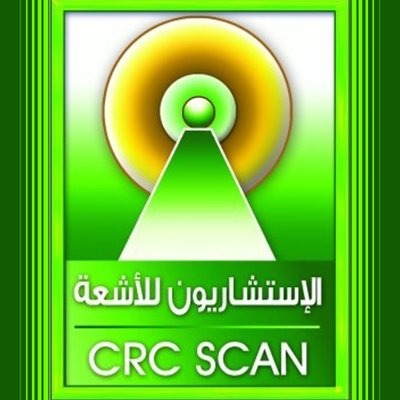×
PET CT
- Home
- Services
- Nuclear_Medicine
- PET CT

PET CT
1
2
Why should I do it ?
- Doctors perform PET and PET/CT scans to:
- Detect cancer and/or make a diagnosis.
- Determine whether a cancer has spread in the body.
- Assess the effectiveness of treatment.
- Determine if a cancer has returned after treatment.
- Evaluate prognosis.
- Assess tissue metabolism and viability.
- Determine the effects of a heart attack myocardial infarction on areas of the heart.
- Identify areas of the heart muscle that would benefit from angioplasty or coronary artery bypass surgery (in combination with a myocardial perfusion scan).
- Evaluate brain abnormalities, such as tumors, memory disorders, seizures and other central nervous system disorders.
- Map normal human brain and heart function.
- Besides malignancy, FDG PET can also help localize the source of fever of undetermined origin. In the musculoskeletal system, FDG PET accurately helps diagnose spinal osteomyelitis, and in inflammatory conditions such as sarcoidosis and vasculitis, defining the extent of disease and monitoring response to treatment. FDG PET may also be used in differentiating infections from other complications such as loosening in patients with painful joint prosthesis.
Any preparations needed?
- Please be punctual. If you need to reschedule, notification must be given 48 hours in advance. This is because the radioactive tracer is expensive and is produced according to number of scheduled patients
- 1- DIET
- For a better diagnostic PET examination, it is crucial that there is minimal physiological artifactual uptake by the organs of the FDG injection. To achieve this, please ensure:
- Fasting of food for 6 hours is required.
- No gum chewing.
- No smoking on the day of the scan.
- No change in your medication is required.
- If you are diabetic, please inform our staff.
- For a better diagnostic PET examination, it is crucial that there is minimal physiological artifactual uptake by the organs of the FDG injection. To achieve this, please ensure:
- 2- MEDICAL HISTORY
- For accurate correlation with other examinations, kindly bring along all your previous x-ray, ultrasound, CT or MRI films and any blood test reports.
- 3- ATTIRE
- Wear comfortable clothing.
- Leave jewelry at home.
- You will be asked to change into a hospital gown prior to the start of the examination.
- 4- ACTIVITIES
- Please refrain from strenuous exercise 48 hours before the examination in order to avoid high tracer uptake in skeletal muscle.
- 5- LENGTH OF EXAMINATION
- The total examination time is expected to last about 2 to 3 hours. You would therefore have to be prepared that you will be in the department this length of time.
- In certain patients, another set of images maybe necessary depending on type of malignancy or better diagnostic decisions. In such patients total procedure time may be longer and can exceed 4 hours. Unfortunately, this will only be known after the initial images are obtained. You will be informed accordingly.
- Some of the diabetic patients are expected to spend longer time in the department.
-
Nuclear Medicine
-
Make an Appointment
